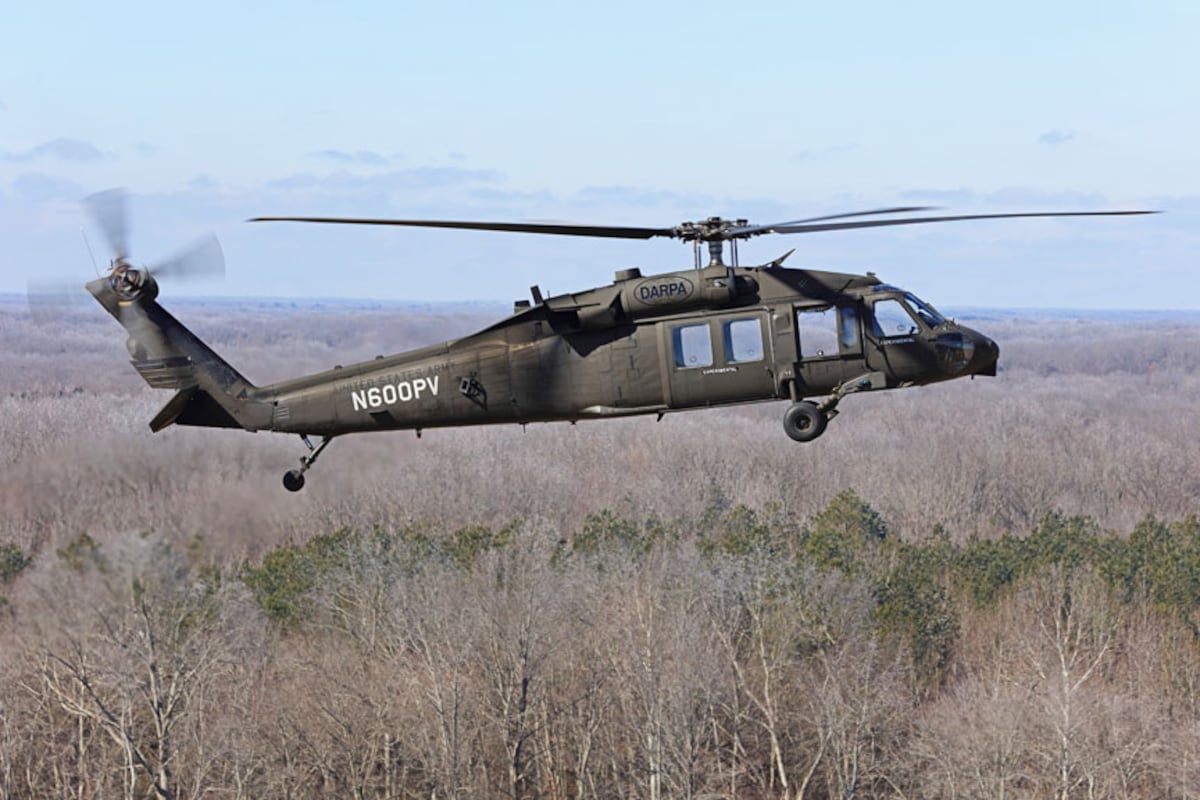Checking Out the Thrills and Innovations of the Blackhawk Helicopter
The Blackhawk helicopter stands as a testament to army air travel's advancement, merging technical advancements with sensible applications. What lies ahead for this renowned aircraft, and just how will arising technologies shape its future in army procedures?
History of the Blackhawk Helicopter
Because its inception in the 1960s, the Blackhawk helicopter has actually played a crucial duty in modern-day armed forces air travel. Created by Sikorsky Aircraft, the UH-60 Blackhawk was developed to fulfill the united state Army's requirement for a flexible utility helicopter with the ability of executing a range of missions, consisting of troop transportation, clinical emptying, and cargo airlift. The style was a feedback to the restrictions of earlier helicopters, specifically in regards to speed, ability to move, and survivability.
The Blackhawk made its first trip in 1974 and soon went into service in 1979. Its introduction noted a substantial advancement in helicopter modern technology, including a two-rotor system that enhanced efficiency and stability. The aircraft's tough building and progressed avionics permitted it to operate successfully in varied atmospheres and problems.
Throughout the years, the Blackhawk has been continually updated, including lessons found out from numerous battle situations. Its release in disputes such as the Gulf Battle, Somalia, and the War on Horror additional strengthened its reputation as an indispensable possession. The Blackhawk's heritage is defined by its adaptability and resilience, making it a cornerstone of armed forces aeronautics for decades.
Secret Functions and Specifications
The Blackhawk helicopter is identified by its robust style and progressed technological functions, which collectively boost its functional capacities. Created mainly for utility goals, the Blackhawk flaunts an optimum launch weight of approximately 22,000 pounds, permitting it to bring considerable hauls while preserving dexterity.
Furnished with two General Electric T700-GE-701C engines, the Blackhawk achieves an optimal speed of around 183 knots and a variety of 368 maritime miles - Blackhawk Helicopter. Its state-of-the-art rotor system includes a four-blade main blades and a four-blade tail rotor, ensuring security and ability to move in numerous flying conditions
The helicopter's cabin can fit as much as 11 soldiers or various cargo configurations, showcasing flexibility in goal accounts. Furthermore, the Blackhawk is made with sophisticated avionics, including electronic trip controls and a detailed cockpit display, boosting pilot situational recognition.
For improved survivability, the Blackhawk includes ballistic armor and self-sealing fuel storage tanks. Its capacity to run in diverse atmospheres, from deserts to icy terrains, better solidifies its credibility as a trusted system for army and altruistic operations alike. The Blackhawk's combination of durability, power, and convenience makes it a foundation of modern airborne abilities.
Innovations in Innovation
Advancements in technology have substantially enhanced the capacities of the Blackhawk helicopter, ensuring it continues to be at the center of army air travel. Among the most notable improvements is the assimilation of sophisticated avionics systems, which provide boosted situational recognition with real-time information handling and screen. This innovation permits pilots to browse intricate atmospheres more effectively, boosting objective success rates.

Moreover, the introduction of digital fly-by-wire systems has actually changed the control devices of the Blackhawk, offering smoother handling and increased responsiveness. Collectively, these technical developments guarantee that the Blackhawk helicopter remains a crucial asset in modern-day army operations.
Roles in Armed Force Workflow
With sophisticated technology improving its capabilities, the Blackhawk helicopter plays a multifaceted duty in armed forces operations. Primarily, it is used for army transport, allowing quick implementation and removal of employees in different fight circumstances. Its large cabin can accommodate as much as 11 troops, making it an essential property for special procedures and massive goals.
Furthermore, the Blackhawk offers as a medevac system, equipped to deliver damaged soldiers rapidly and successfully from the battleground to medical centers - Blackhawk Helicopter. Its flexibility encompasses logistical assistance, where it brings products and devices essential for maintaining armed forces try this procedures in remote areas

The helicopter is additionally important in reconnaissance objectives, providing aerial surveillance and intelligence-gathering capacities. Its capacity to operate in varied environments-- varying from urban setups to extreme terrains-- further strengthens its significance on the combat zone.
In Addition, the Blackhawk can be equipped with innovative weapons, enabling it to involve in combat and supply close air assistance. This adaptability emphasizes the helicopter's essential role in modern army approaches, making it a crucial element of armed forces worldwide.
Future Dopes and Innovations
Developments in technology pledge to usher in a brand-new era for the Blackhawk helicopter, enhancing its capabilities and operational effectiveness. Future growths for the Blackhawk may include improvements in avionics, such as sophisticated trip control systems and improved situational awareness devices powered by man-made intelligence.
Additionally, the assimilation of unmanned systems is on the horizon, potentially permitting manned-unmanned teaming procedures that can expand goal profiles and lower risk to workers. The Blackhawk's design is additionally expected to integrate lighter and stronger products, boosting gas performance and total performance.

Final Thought
Finally, the Blackhawk helicopter stands for a substantial accomplishment in military air travel, defined by its versatility and progressed technical attributes. Its historical development mirrors a constant reaction to operational requirements, enhancing capacities in different roles such as army transport and medevac operations. Ongoing innovations, including the integration of expert system and hybrid-electric propulsion, assure to further enhance the Blackhawk's effectiveness and relevance in future military engagements, guaranteeing its status as a necessary property on the battlefield.

With advanced technology improving its capabilities, the Blackhawk helicopter plays a multifaceted role in anchor armed forces operations. (Blackhawk Helicopter)